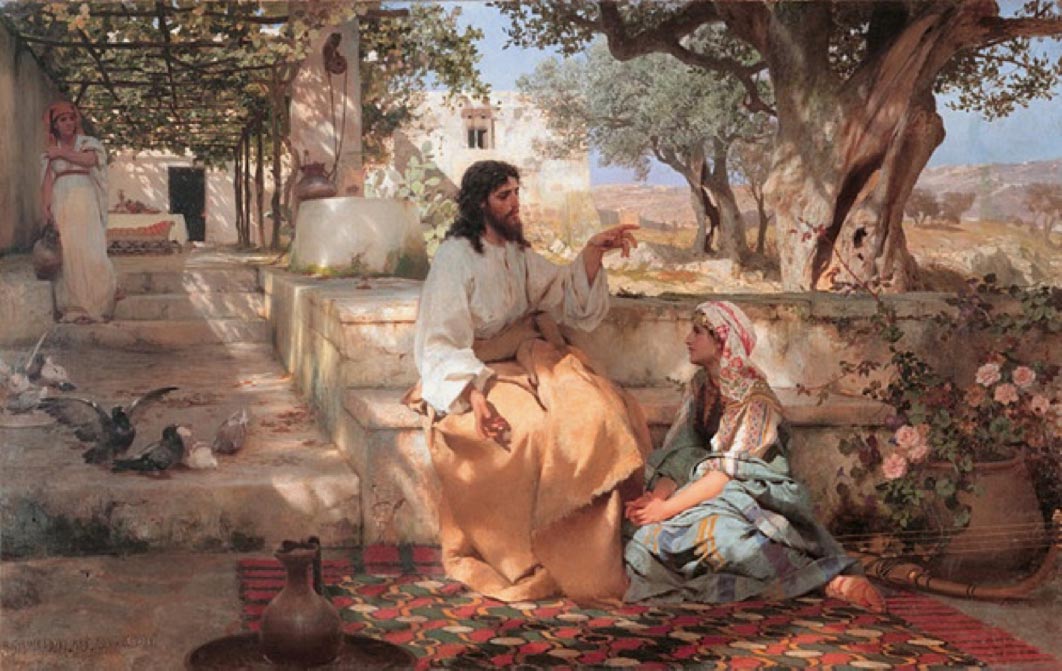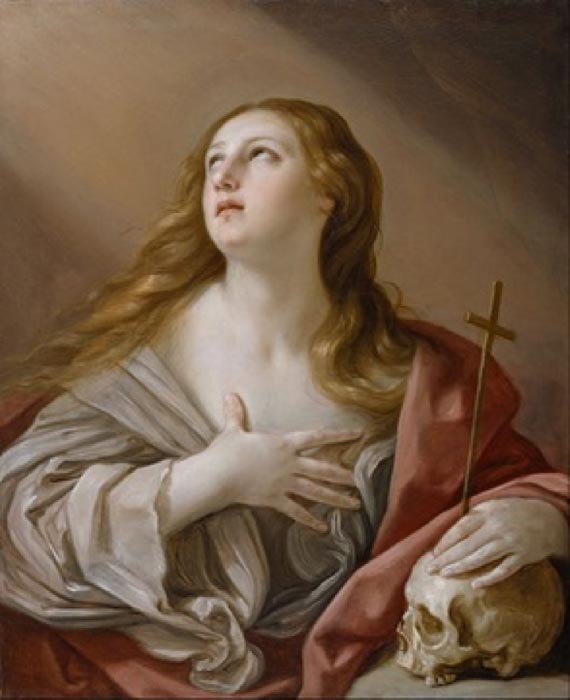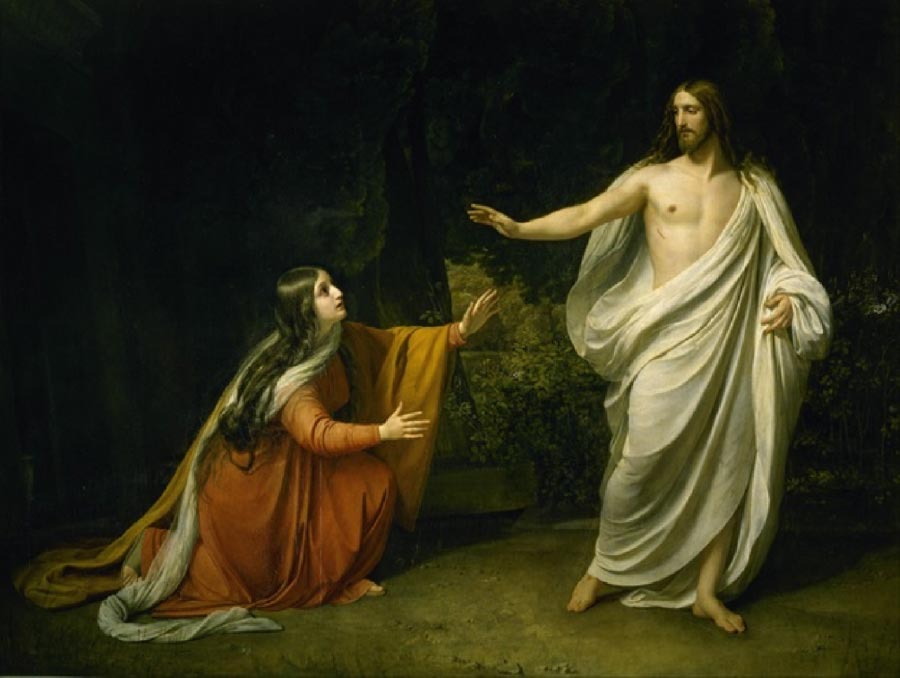
Mary Magdalene, Jesus’ Tower of Wisdom
The ‘repentant prostitute’ or the ‘penitent whore’, this view of Mary Magdalene was cemented in Western ecclesiastical tradition by Gregory the Great in his sermons in the sixth Century, conflating her, healed of seven devils in Mark 16: with the sinful woman in Luke 7; and Mary of Bethany in John 12. Far more significant than the damage that ensued to Mary’s own reputation was the use of this false narrative in patriarchal Christian dogma over hundreds of years to significantly diminish the place of women in Western society.

The Penitent Magdalene by Guido Reni (1635) Walters Art Museum (Public Domain)
The Changing Narrative
Happily, this false narrative is being increasingly challenged by a growing public recognition, long overdue, of both Mary Magdalene’s significance in Jesus’ ministry and her inspirational qualities of independence, intellect, spiritual insight and leadership that speak strongly to the modern vision of women in contemporary Western society. This revision of Mary’s place in Jesus’ ministry, which formally began in 1969 when Pope Gregory’s conflation was removed from the General Roman Calendar, initially went largely unnoticed by the public eye. However, there is evidence of its growing recognition, exemplified for example in the 2018 movie Mary Magdalene which has followed Pope Francis’ 2016 elevation of her July 22 memorial to the rank of Feast (the same rank as that given to the celebration of the Apostles in the General Roman Calendar).
The Canonical Gospels
Archbishop Arthur Roche, secretary of the Vatican’s Congregation for Divine Worship and the Discipline of the Sacraments, in explaining their 2016 decree, emphasized Mary’s role in the canonical Gospels as both the first to see Jesus’ empty tomb and the first to witness his resurrection. And as particularly significant, he also emphasized her role as the first to take the news of Jesus’ resurrection to the Apostles, so becoming Saint Thomas Aquinas’ Apostle to the Apostles.
Mary Magdalene is also one of several women who supported Jesus’ ministry financially and in other more practical respects (Luke 8:2-3; Mark 15:40-41). She is identified by name 12 times in the New Testament and in all four canonical Gospels (Mathew 27:56, 61; 28:1; Mark 15:40, 47; 16:1, 9; Luke 8:2; 24:10; John 19:25, 20:1, 18), more often than most of the apostles. She is the only woman identified in her own right and not by reference to someone else, and on the eight occasions in the New Testament that she is identified in the context of other women, she is referred to first on seven (Mathew 27:56, 61; 28:1; Mark 15:40, 47; 16:1; Luke 8:2-3; 24:10 cf John 19:25).

Christ's Appearance to Mary Magdalene after the Resurrection by Alexander Andreyevich Ivanov (1835) Russian Museum (Public Domain)
The Gnostic Texts
Mary’s key role in the canonical Gospels is well acknowledged. However, her prominence in various of the extra-canonical texts is even more distinctive, recognised as Jesus’ closest and most able disciple, with the deepest spiritual understanding of any and her own gift for spiritual leadership. In these texts, she demonstrates the degree of her spiritual engagement in the Pistis Sophia in asking fully 39 of the 46 questions addressed to the living Jesus; speaking with Jesus as a woman who had understood completely and coming in due course to be at least Jesus’ spiritual companion, and many argue, more, his lover, even his wife. A rich literature of scholarship and insight supports these claims, and indeed they are not inconsistent with her portrayal in the Gnostic texts.
- Searching for Truth in Bones: The Mysterious Relics of Mary Magdalene
- Was Mary Magdalene Destined To Be the First Pope?
- Transcription of ancient manuscript suggests Jesus married Mary Magdalene and had two children
The Gospel of Philip reads: “As for the Wisdom who is called "the barren," she is the mother of the angels. And the companion of the [...] Mary Magdalene. [...] loved her more than all the disciples, and used to kiss her often on her mouth. The rest of the disciples [...]. They said to him "Why do you love her more than all of us?" The Savior answered and said to them,"Why do I not love you like her? When a blind man and one who sees are both together in darkness, they are no different from one another. When the light comes, then he who sees will see the light, and he who is blind will remain in darkness”.





